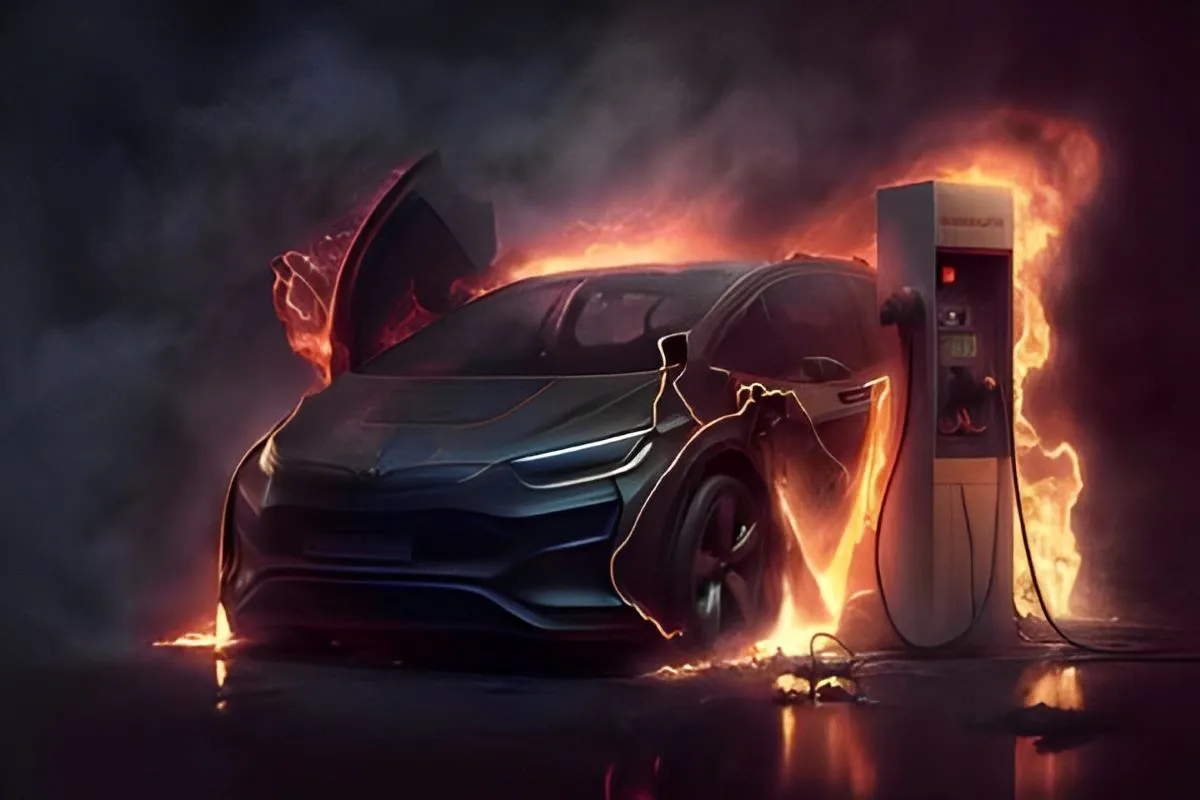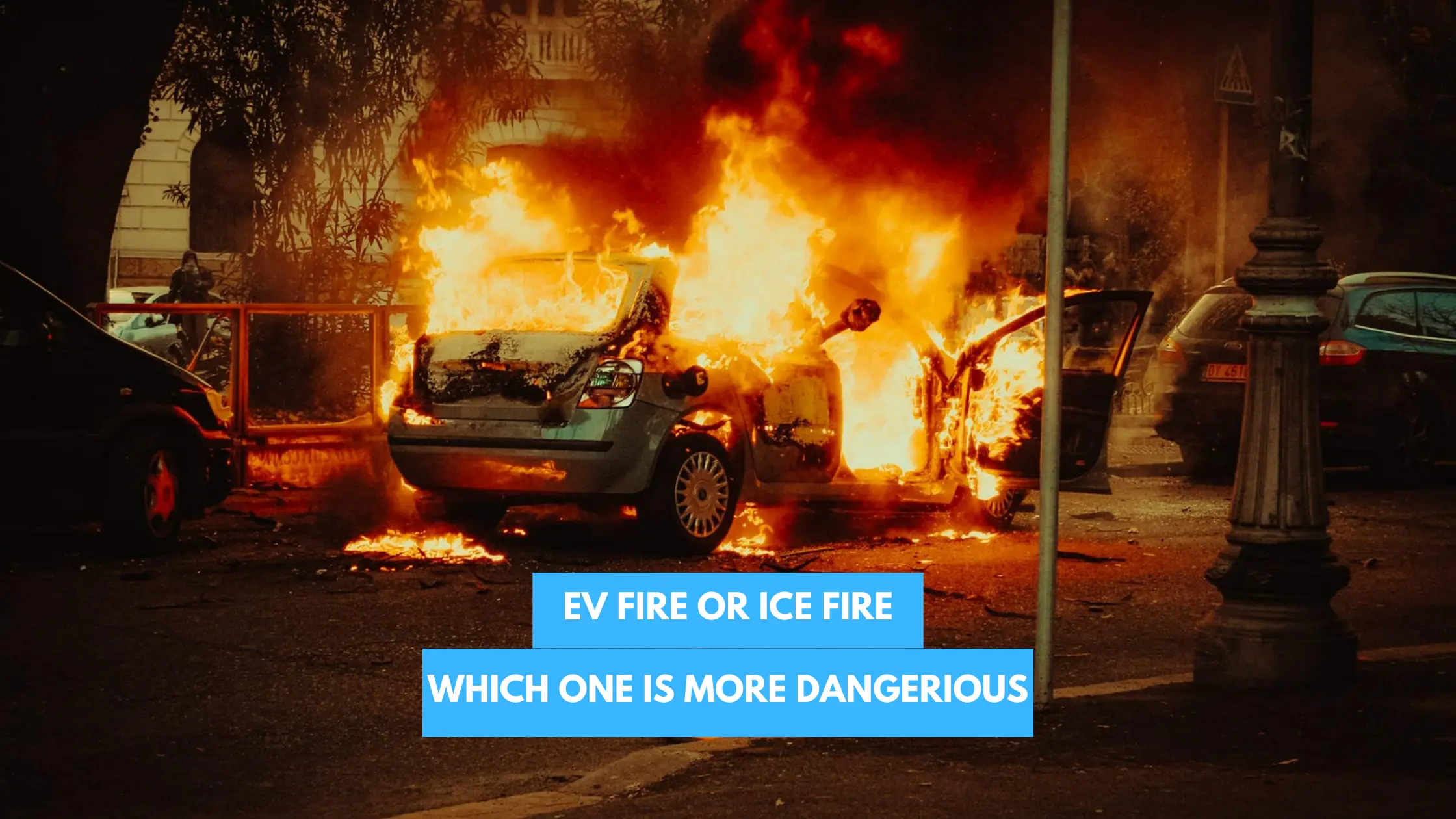Electric vehicles (EVs) are growing in popularity as more environmentally-friendly alternatives to gas-powered cars. However, recent widely publicized incidents of EVs catching fire have raised concerns over their safety. How do EV fires compare to traditional internal combustion engine (ICE) vehicle fires? Let’s take a look at the risks and hazards associated with both.

Why Do EVs Catch Fire?
Most EV fires start in the battery pack which can ignite due to damage, manufacturing defects, or extreme overheating. Large lithium-ion batteries store huge amounts of energy and can release intense heat if they fail. Short circuits, overcharging, and physical damage from accidents can all trigger battery failure and potential fires. However, EV batteries have advanced thermal management and safety systems to prevent overheating and contain failures.

Why Do Gas Cars Catch Fire?
The most common causes of fires in gas-powered vehicles include mechanical failure, electrical issues, fuel system leaks, and collision-related damage. Hot engine components, flammable fluids, sparking wires, and exhaust heat can easily ignite spilled fuels or compromised fuel lines. Gas tank ruptures are particularly dangerous as they rapidly spread flames throughout the vehicle. While safety standards require firewalls between the engine and passenger cabin, intense fires can still spread rapidly.
So Which Causes More Fires?
According to National Fire Protection Association data, there were approximately 212,500 vehicle fires per year on average between 2006-2010. The vast majority (93%) involved gas-powered vehicles versus only 3% for EVs. Per registered vehicle, ICE cars are involved in fires at a far higher rate than EVs. However, the newness of EV technology means less data is available on their long-term fire risks as batteries degrade over time.
Which Fires Are More Dangerous?
Both EV and gas car fires can rapidly spread, produce toxic smoke, and pose risks to occupants and first responders. However, the high-voltage batteries in EVs can make their fires more challenging to extinguish. The batteries can reignite even after appearing to be out. EV fires also require specialized training and equipment to handle safely. Thermal runaway in EV batteries can lead to intense fires that are difficult to contain.

Gasoline itself is highly flammable. Ruptured fuel tanks in crashed vehicles can create massive fireballs and extensive burns. Gas vapors also cause explosion risks. While EV fires may be harder to initially extinguish, gas car fires can expand dangerously through spilled fuels.
Electric cars have lesser energy than their ICE equivalents but what makes EVs so volatile is the energy-splitting time. Most of the SUVs that run on Diesel contain an enormous amount of energy but the fuel within them is very less volatile to react. On the other hand the batteries in electric cars don’t contain much energy but batteries spit out all the little energy within them extremely quickly which makes them so dangerous.
Key Takeaways and Final Words:
- ICE vehicles currently experience far more fires per vehicle than EVs. However, EVs have risks from intense battery fires.
- Gasoline as a fuel poses unique fire hazards including explosions, but EV battery chemistry also makes their fires difficult to extinguish.
- More data is needed on EV fire risks as the vehicles age over decades of use.
- Both vehicle types require safety practices and training for emergency response personnel.
While no vehicle is risk-free, both automakers and emergency services are actively improving safety and fire response capabilities for all vehicle types. Understanding the differing fire risks is key to developing appropriate standards and protocols to minimize dangers. With luck, vehicle fires of all kinds will become increasingly rare.




